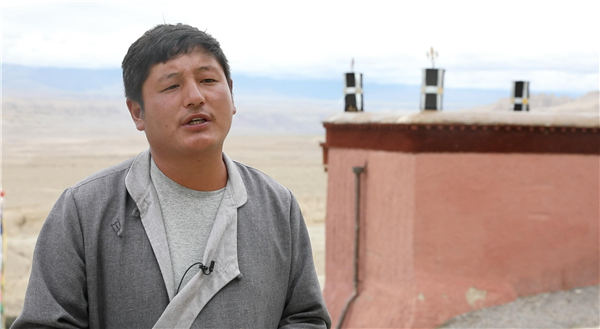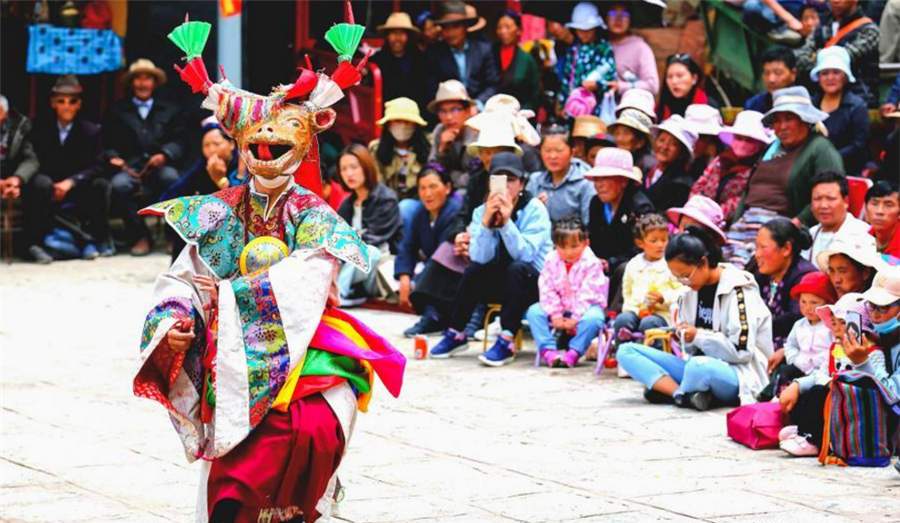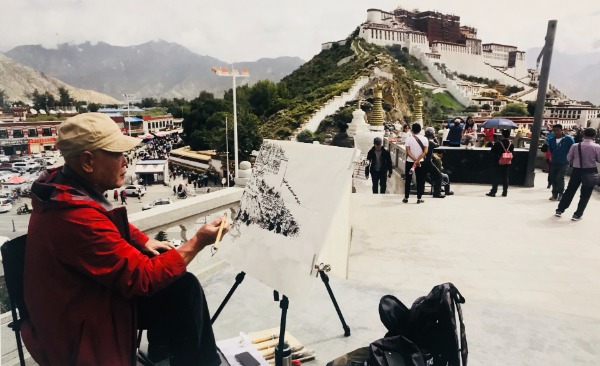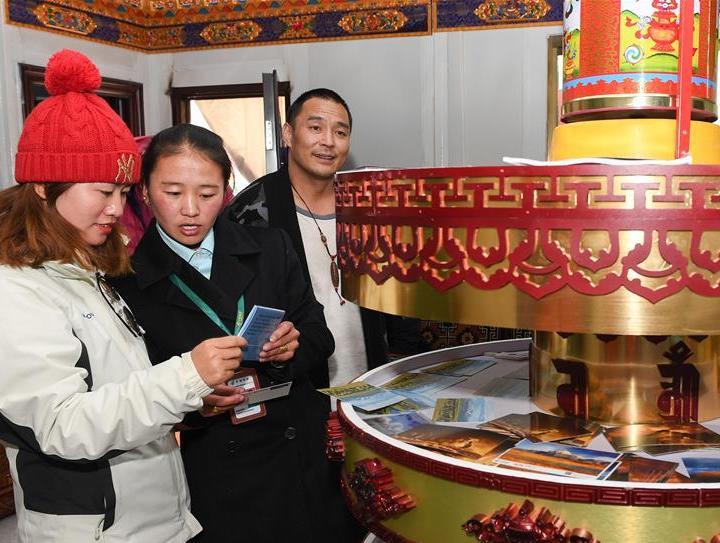The guardian of a bygone kingdom

Pasang Tsering. [Photo/CGTN]
As the sun casts its first light on the rugged and time-ravaged walls standing amid barren mountains in the west of Tibet autonomous region, the mysterious Guge Kingdom comes back to life before the eyes and camera shutters of visitors who are eager to witness the magical moment.
Twenty-nine-year-old Pasang Tsering has called these ruins home for the past five years, after he got a government job as a guard of the site, where the former capital of Guge Kingdom once stood.
He has now become the vice director of the local tourist attractions management committee.
Located in Zanda county of Ngari prefecture, Southwest China's Tibet autonomous region, Guge Kingdom was founded around the 9th century but disappeared mysteriously during the 17th century. The rich history of the kingdom and the legacy of clay figurines, sculptures and paintings attract hordes of tourists with a flair for the old and the exotic.
Infrastructure development projects by the local government have guided more visitors to the cultural relics. In 2015, the number surpassed 10,000 for the first time. Two years later, a record 92,000 tourists visited the site.
The age-old artifacts and Pasang Tsering's passion for thangkas, a type of Tibetan silk paintings embroidered with Buddhist motifs, attracted him to relocate to the off-the-beaten-track location.
Your Comment
Name E-mailRelated News
-
-

-
Cham dance in Tibet monastery
The annual cham dance at a monastery in Qonggyai county, Southwest China's Tibet autonomous region.
-
-
-

-
Ngawang sheep, weapon for poverty alleviation
Ngawang Township is located in the grasslands of eastern Tibet and has an average altitude of 4,000 meters above sea level. It is part of Gonjo County in Chamdo City, southwest China's Tibet Autonomous Region.
-
-
-

-
Yarlung cultural festival kicks off in Tibet
The annual China Tibet Yarlung Cultural Festival kicked off in Tibet's Shannan city on Monday, marking the third time the city's held such an event.
-
-
-

-
What were discovered in Tibet's largest joint archaeological excavation?
Significant progress has been made in archaeological investigations and excavations at the Piyang-Dongga ancient tombs site in southwest China's Tibet.
-
-
-

-
Tibetan Knives popular at home and abroad
Tibetan knives are one of the most representative handicrafts made by Tibetan people, and they have been used in people's production and livelihood, and for self-defense and decorative functions.
-







